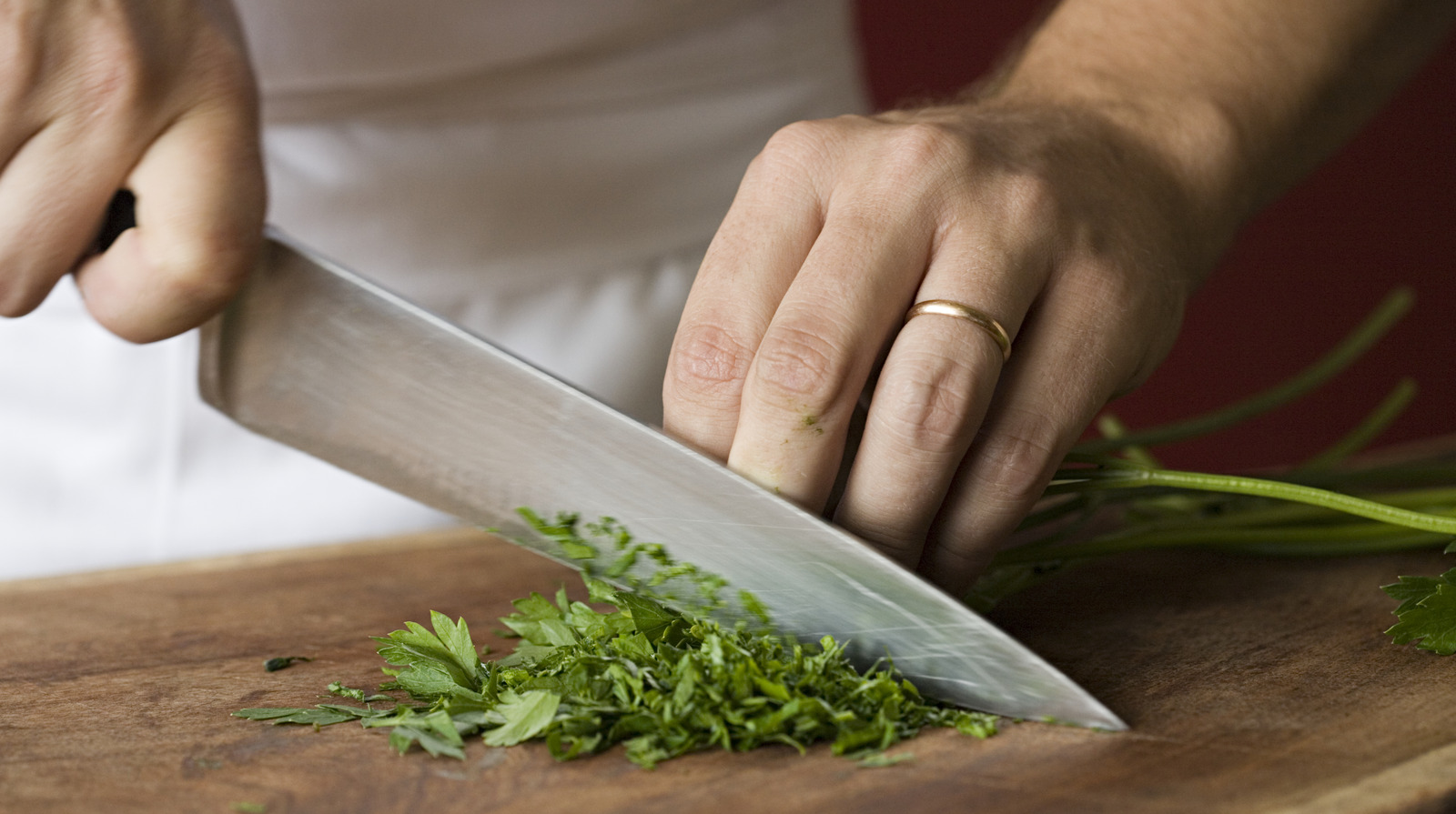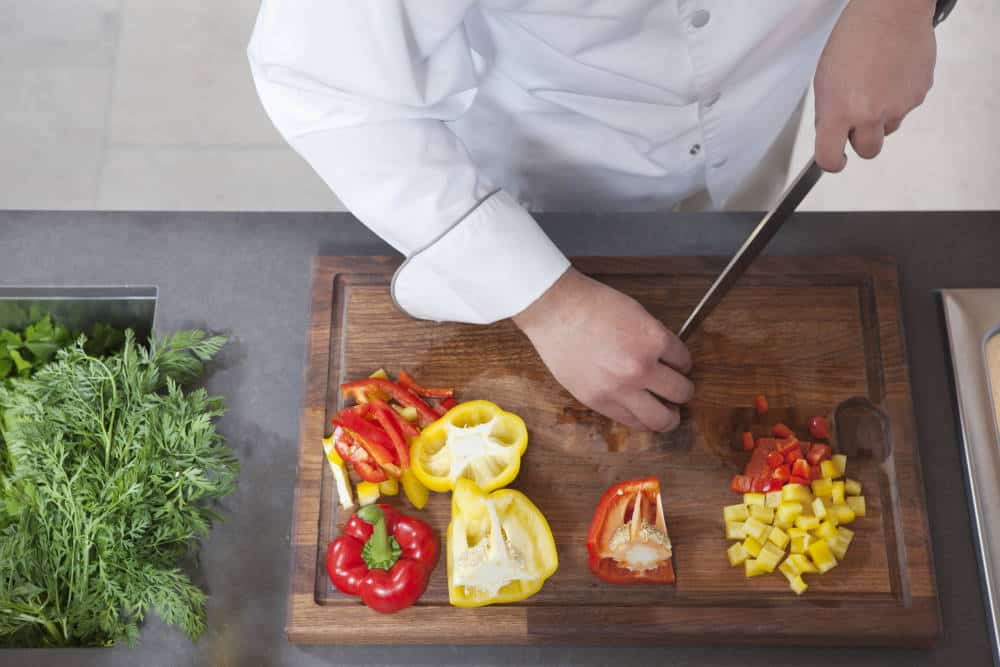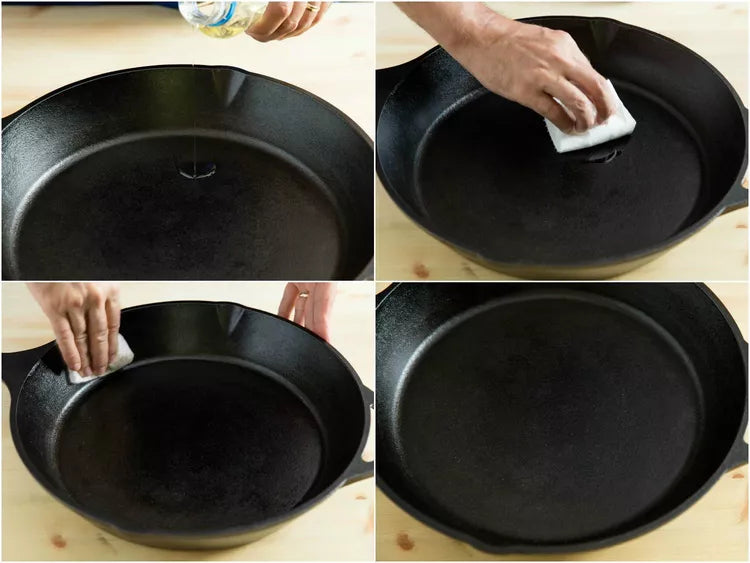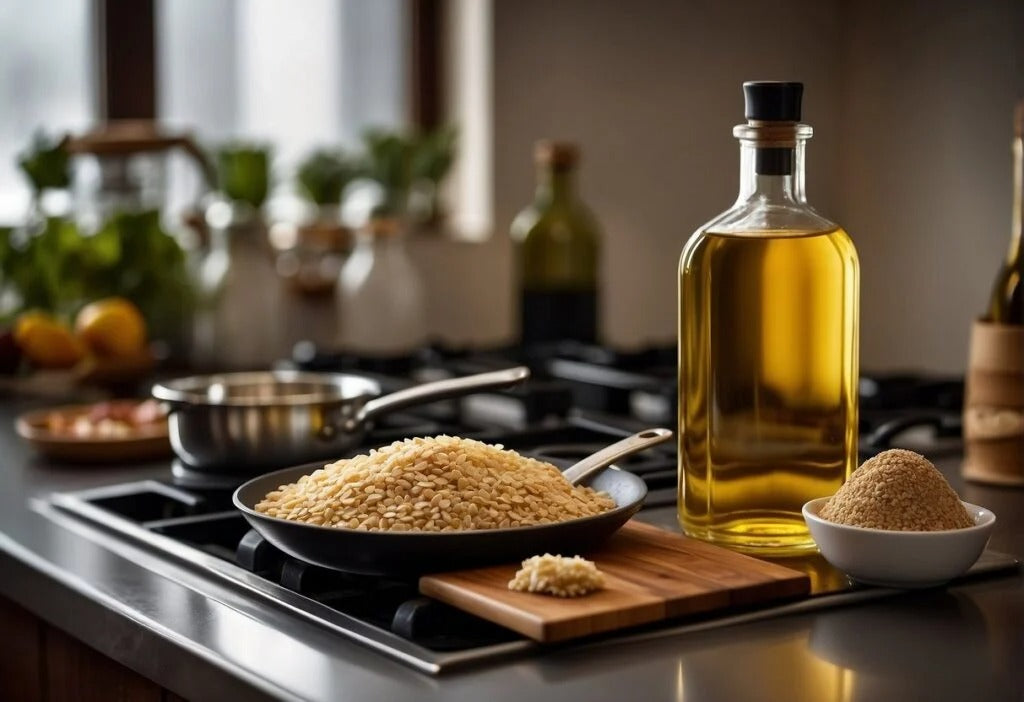For kitchen professionals, ensuring the proper use and maintenance of tools is critical to maintaining impeccable hygiene and preparing food efficiently. One tool that often sparks confusion is the plastic cutting board. The question Which side of a plastic cutting board to use? may seem trivial, but its vital for both food safety and professional standards in the culinary world. In this article, well dive deep into identifying the correct side to use, factors influencing the choice, and best practices to enhance the longevity of your cutting board.
The plastic cutting board is a cornerstone tool in kitchens, known for its affordability, easy maintenance, and suitability for various cutting needs. However, seasoned chefs and home cooks alike often overlook its basic design nuances, like which side to use. The decision might seem negligible, but it plays a role in hygiene, food safety, and efficiency in a professional kitchen.

1. Identifying the Correct Side
Look for Textures and Grooves
Many plastic cutting boards are designed with distinct textures on either side. One side might be smooth, while the other is textured to prevent food from slipping. Typically, the textured side is the one intended for use as it provides a better grip for food, reducing accidents and ensuring cleaner cuts.
Embedded Rubber Feet or Markings
Some boards come with embedded rubber feet on one side, clearly indicating which side should face down. Using the wrong side in this case could result in a slippery or unstable surface, compromising safety during use.
Double-Sided Usage
In some cases, a plastic cutting board is designed for dual-sided use. One side may be optimized for chopping vegetables, while the other could be designed specifically for cutting meat to prevent cross-contamination. Always refer to the manufacturers guidelines to confirm.
2. The Role of Hygiene and Safety in Proper Usage
In any kitchen, particularly in a professional setting, hygiene is paramount. Misusing a cutting board by cutting on the wrong side can lead to the growth of bacteria in grooves created by knives. These bacteria can cause foodborne illnesses, which is a severe risk in the foodservice industry.
Moreover, many plastic cutting boards are crafted with hygiene in mind. For example, the textured side not only offers stability but also reduces the likelihood of contamination by discouraging the pooling of liquids.
3. How to Maintain and Extend the Life of Your Cutting Board
Regular Cleaning
Cleaning your plastic cutting board immediately after use with hot, soapy water helps remove food particles and bacteria. For an in-depth guide, you can visit this cutting board sanitization guide.
Deep Sanitization
Sanitize your cutting board at least once a week using a mild bleach solution or white vinegar. This step is particularly critical for boards frequently used to cut raw meat or seafood.
Avoid Heat Exposure
Exposing plastic boards to excessive heat can warp them, rendering certain sides unsafe for use. Avoid using them as a base for hot pots or pans. Read more about kitchen cookware dynamics on why a wok matters.
4. Why Using the Wrong Side Can Be Problematic
Stability Issues
Using the slick side of a cutting board instead of the textured side can result in an unstable cutting surface. Not only does this reduce efficiency, but it also increases the risk of accidental cuts or knife injuries.
Contamination Risk
If you're flipping and using both sides interchangeably without care, you increase the chances of cross-contamination, which is a nightmare in a professional kitchen setting.
5. Conclusion: The Answer Lies in Inspection and Care
To resolve the confusion around Which side of a plastic cutting board to use? simply inspect the board for its design indicators, like embedded markings, grooves, or textures. Follow the guidelines provided by the manufacturer, and remember to clean and sanitize the board regularly to ensure safe and efficient food preparation.
Its important for kitchen professionals to invest some thought into routine tools like cutting boards to improve efficiency and reduce risks. For more tips on optimizing your kitchen tools, visit caring for cast iron essentials.
:max_bytes(150000):strip_icc()/prevent-cutting-board-slipping-1123-c9837c7f958745b792c2b115c7d7bccd.jpg)
FAQ
1. Which side of a plastic cutting board should I use?
The textured or grooved side of a plastic cutting board is typically designed for use. It offers better grip and prevents food from slipping.
2. Can I use both sides of a plastic cutting board?
Some cutting boards are dual-sided, with one side reserved for specific functions. Always consult the manufacturer's guidelines.
3. How do I maintain a plastic cutting board for long-term use?
Clean the cutting board immediately after use with hot soapy water, sanitize it weekly, and avoid exposing it to excessive heat to prevent warping.
Professionals who follow these guidelines will find their cutting boards last longer and perform better, all while maintaining the highest standards of kitchen hygiene.
This article contains affiliate links. We may earn a commission at no extra cost to you.






Leave a comment
This site is protected by hCaptcha and the hCaptcha Privacy Policy and Terms of Service apply.